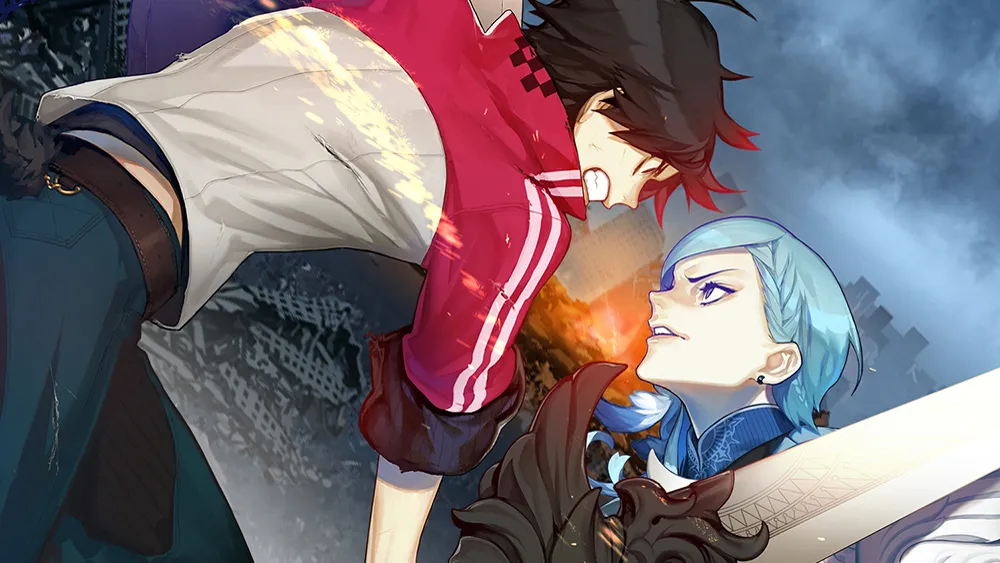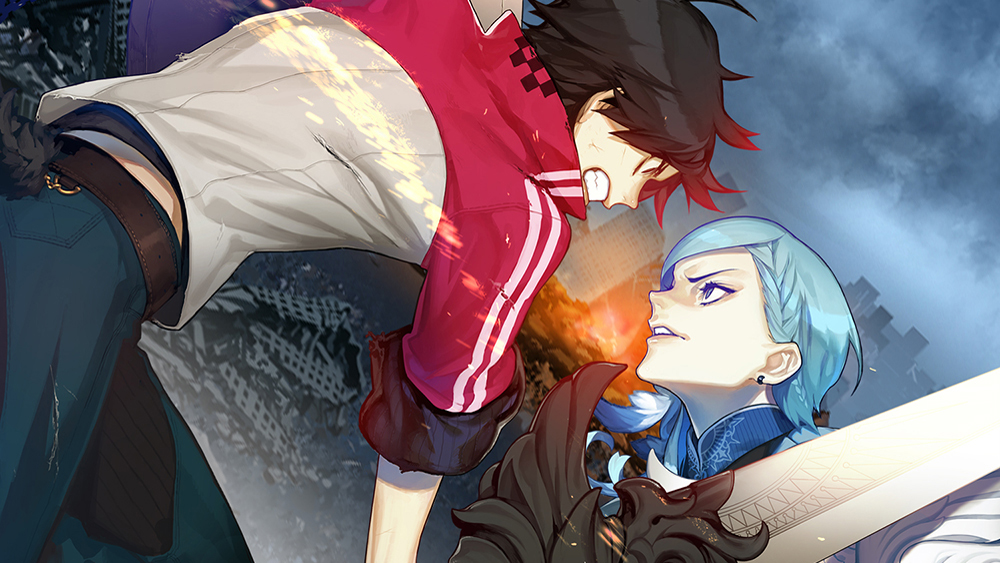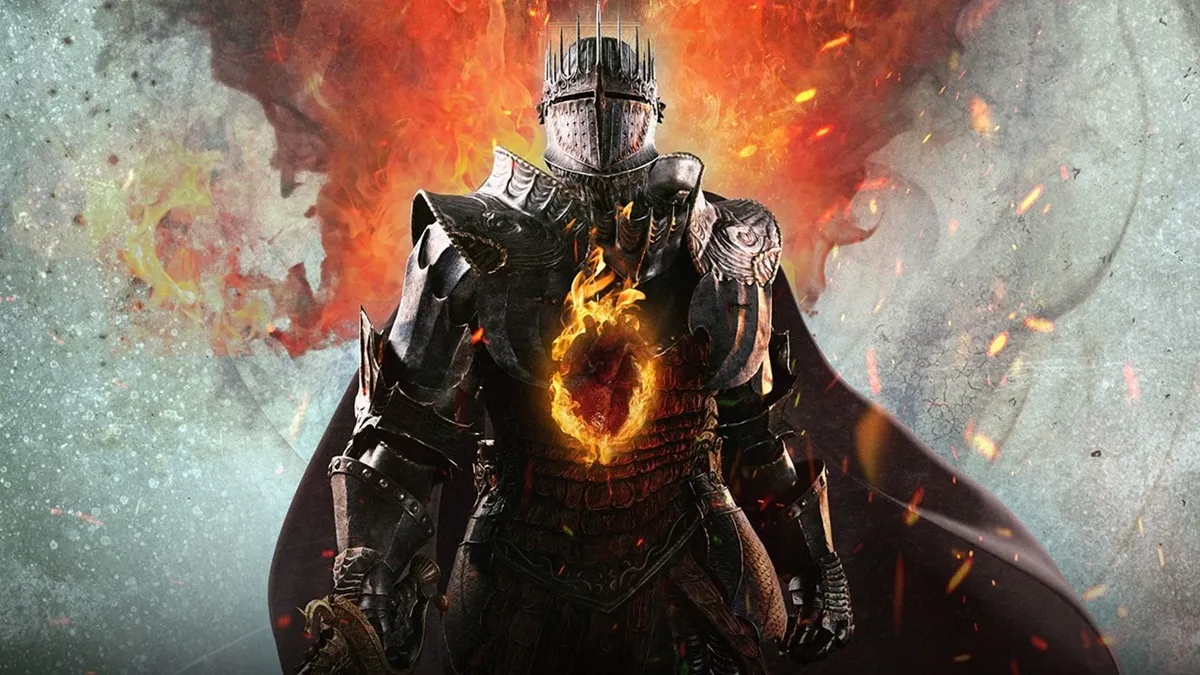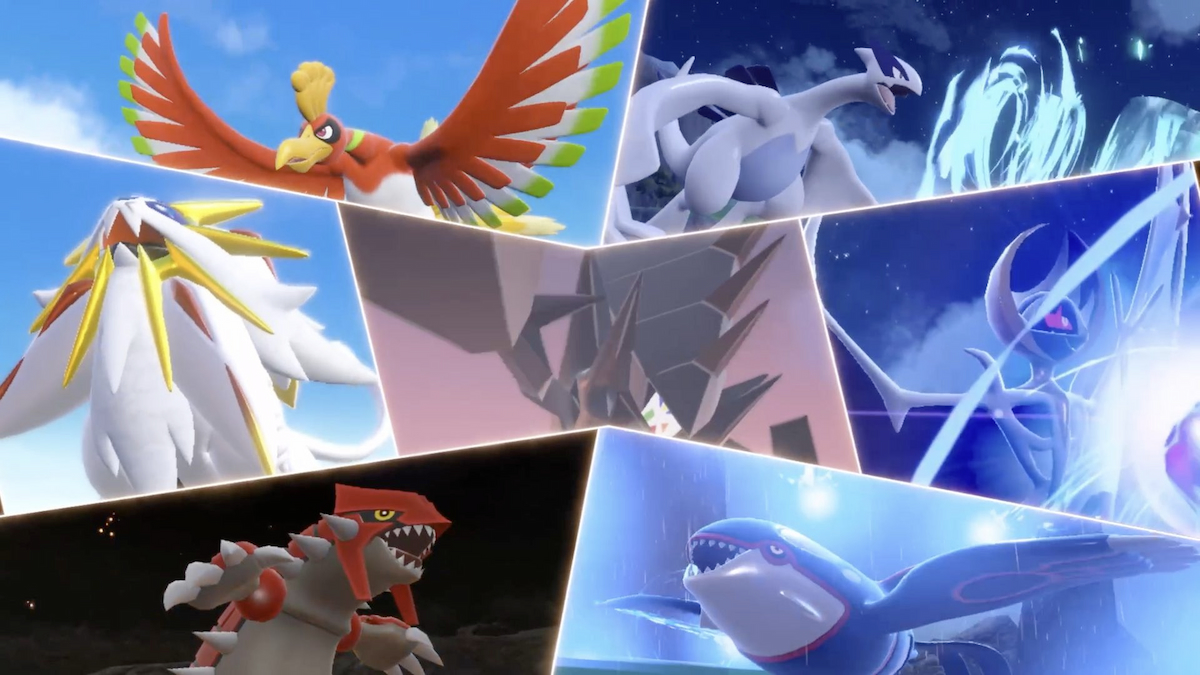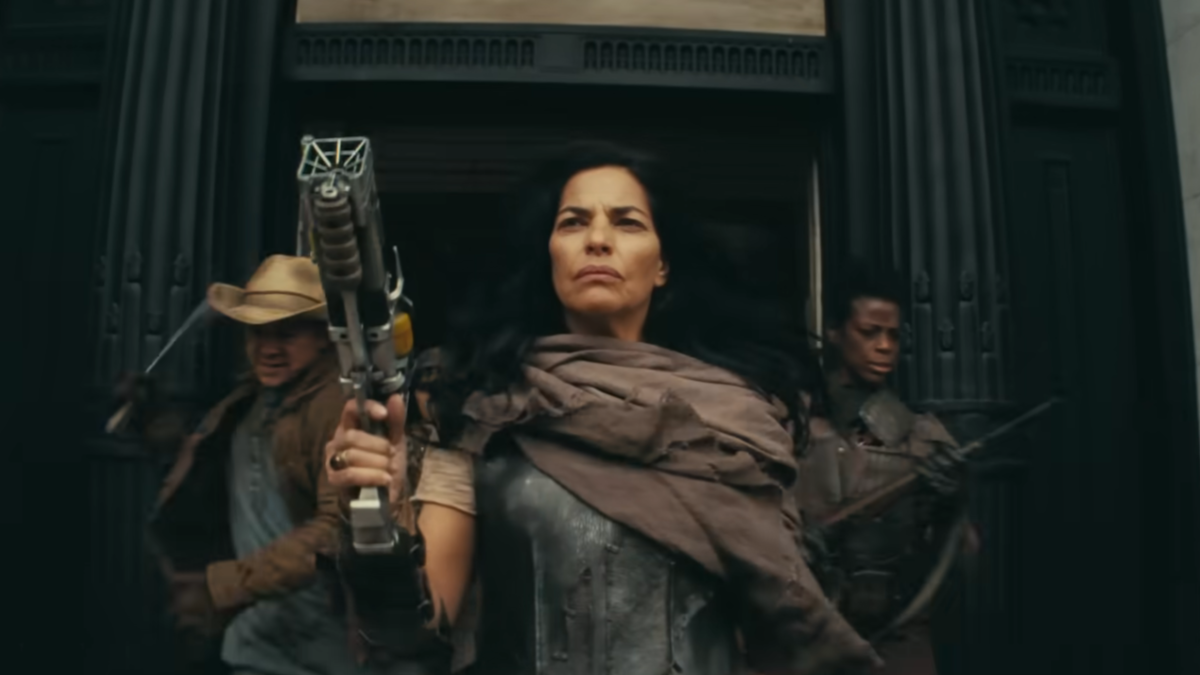Challenge not included
I love big movie monsters. Godzilla, King Kong, Rodan, Reptar… as I child I used to pretend I was part of a force tasked with taking out these beasts. My backyard or bedroom would transform into a massive battleground where I, armed with a sword, gun, or superpowers, would fight these beasts, save the day, and get the girl (later to be recast as a guy once I hit puberty).
Ray Gigant brings back the magic of those memories, allowing me to face off against beasts larger than most buildings. And just as it was 20 years ago, defeating these massive creatures is so easy that even a child could do it.

Ray Gigant (PS Vita [reviewed on a PlayStation TV])
Developer: Experience Inc.
Publisher: Bandai Namco (JP), Acttil (WW)
Released: July 30, 2015 (JP), May 3, 2016 (WW)
MSRP: $29.99
Zero-Day. That was the day the Gigants appeared, laying waste to major cities around the world. Our weapons were useless against them. All seemed lost… until a high schooler with a magical pendant stepped forward and saved the day. That’s the set-up for Ray Gigant, the latest dungeon crawler from Experience Inc. The story begins several months later when Ichiya Amakaze, the aforementioned high schooler, arrives at a Japanese school that is secretly a front for the Gigant defense force. These monsters keep showing up here and only here, and over the course of 18 or so chapters (with three protagonists), you’ll eventually discover why.
The overall plot gave me flashbacks to Lost. There is a lot going on here, with secrets and hidden motivations to uncover, and devious shadow organizations secretly pulling the strings. Discovering all of this kept me engaged with a narrative split between the three main characters: Ichiya, Kyle Griffin and Nil Phineas, all of whom are known “naturals” because they and only they can use the Yorigami — magic accessories that are actually creatures related to the Gigants and mankind’s only hope for defeating them.
The protagonists each get a couple chapters focusing on them and a supporting cast of characters that tend to be way more interesting than the ones you’ll be playing as. Ichiya is supposed to be a lovable smooth-talking jerk, but just comes across as an affable asshole. Kyle is openly a dick to just about everyone, while Nil spends most of her dialogue easily passing the Bechdel Test with every girl she talks to because she won’t shut up about food. The characters do grow throughout the story, but not to the point where I would call them great or even good. Instead, they’re merely serviceable to the narrative. Though at times long winded, I was ultimately satisfied with the story by the time the credits rolled. Some revelations seemed to come out of nowhere and the ending felt extremely rushed, but it’s clear there was a lot of world-building that went into making this game.
Of course, if you’ve been paying attention to Ray Gigant at all it probably hasn’t been for the story so much as the animated battles and cutscenes. Trailers for the game have put these facets of the game front and center — and for good reason: the art direction in these portions of the game is outstanding. Even with the picture blown up to 55” with my PlayStation TV, it remained gorgeous. It’s not just the characters that are well animated. Enemy Gigants, though their movement is more limited, eschew the standard still portraits players have come to expect from the genre in favor of something that adds, for lack of a better word, realism to their design. These aren’t just pictures that float, shake and vibrate, these are creatures that bide their time until they can attack.
As for the Gigant designs, it seems as though Experience found inspiration from a variety of sources. These creatures come in all shapes and sizes, from the grunts you’ll annihilate to the bosses that await your at the end of each dungeon. Most notable are the Type I Gigants, creatures so enormous they require your team split up and attack it from different locations. Most of the enemy designs are typical of what you’d see in an RPG, but several of the foes you face look as though they would be right at home in Dragon Ball Z, Starcraft, Alice in Wonderland, The Little Mermaid and more. There isn’t one central theme to that holds these creatures together and the game is all the better for it.
Unfortunately, that awesome art direction doesn’t extend to the dungeons you’ll be crawling through. For starters, there are just five different dungeon styles throughout the entire game. And while most of them are uninspired and nothing to make note of, the final set of dungeons feature graphics so awful I found myself becoming nauseated as I made my way through the twisting corridors. I literally had to look away from the screen every time I used the fast-travel feature.

The layouts of the dungeons are just as prosaic as their art direction, with most following a linear path that has you looping around until you hit a switch to open a door near where you started and then proceed to the Gigant waiting for you at the end. Some dungeons introduce various types of traps and puzzles to deal with, but none of them are particularly clever nor add any real difficulty to your trek.
In battle, your team always consists of a three people: a tank, a ranged fighter, and a magic user. Instead of each player getting one move in a round, the game uses an Action Point system. You have a maximum of 100 points for your team, and each character can use up to five actions at a time. To add some strategy to the game, you’re limited in how many different types of actions you can have equipped. After the first dungeon, each character gets a total of six action slots. Up to four of those slots can be used for attacks, while at least two must be taken by a non-attack move such as heal, block, or eat.
The battle system shakes things up with Parasite Mode and Slash Beat Mode. Parasite Mode is enacted every 10 rounds you fail to defeat your opponent (and the count carries over between battles). Once you enter Parasite Mode, you’ll no longer use Action Points to act but instead will start draining your health with every action you take. The only way to exit Parasite Mode is to win the fight or to activate Slash Beat Mode. This is a super-attack you activate by completing a rhythm mini-game. The better you are at it, the more damage you do. There are both short and long version of this, and the song and pattern differs between the three protagonists.

When added together, the art, the Action Point system, the Parasite Mode, and the Slash Beat Mode all made for some truly entertaining battles. There was never a dull moment as I chipped away at the health of a massive Type I Gigant before entering Parasite Mode for a few rounds and then finishing it off with a Slash Beat attack. Even the regular battles, where I would just chain together some quick attacks, blocks and food, kept me on my toes.
I make note of food because eating plays a big role in this game, as part of your character’s speed and strength is determined by how hungry or how full they are. The more full your character is, the slower and stronger they’ll be. Hungry characters are faster on the attack, but can be substantially weaker. As you fight the dungeon bosses and Type I Gigants, it’s always important to make sure you keep your heroes eating. Thankfully, this is easy to do, because you’ll never run out of food.
Depending on your standpoint, Ray Gigant either streamlines or simplifies the RPG experience. The game does away with shops, currency, experience points, and items (in the traditional sense). Instead, you level-up your character and unlock new equipment, moves and recipes on a three-pronged skill tree. After each battle (or when you come across chests) you’ll receive one of six different types of gems: Force, Seed, Breed, Materia, Alter & Reverse. Seeds and Force Gems level up characters and unlock new abilities on their respective skill trees while Alter and Reverse Gems allow you to respec your character if you don’t like how you’ve spent your points.

Materia and Breed Gems is where traditional RPG elements are really changed up. Materia is used on its skill tree to raise the level of a character’s attack, defense, specialty and cooking skills. Breed Gems are used to unlock new equipment, or raise the level of your current equipment, based on where you use it on the Materia skill tree. The results of Breed Gems are completely random. For instance, if you use a Breed Gem on the weapon branch of the Materia skill tree, you might unlock a new sword or simply raise the attack of a weaker sword you already own. In regards to the cooking skills, using Breed Gems there will unlock new consumables that will help keep your party fed, healed, and/or cured of sickness.
I found this system to be a hoot. Materia and Breed Gems are always readily available so I was always unlocking new equipment. The random upgrading also made me go back to weapons I had given up on before as they were now suddenly the strongest in my arsenal. There are some downsides to how the system works. For instance, you can’t use any of your food or abilities outside of battle, so if a character falls in a fight the only way to revive them is to exit the dungeon or reach the save stone right before the boss battle. Your party is healed after every battle, so this won’t be much of an issue. In fact, I bet most people won’t even see a game over screen once in the 30-hour run time.
Trust that I’m not exaggerating when I say Ray Gigant is the easiest RPG I have ever played. Not just the easiest JRPG or easiest DRPG, but overall easiest RPG I’ve experienced in my 26 years of gaming. There are no random encounters here, and those fights you must face are color-coded so you can differentiate between those that are easy and those that could be troublesome. Who am I kidding, there are no troublesome battles in this game. Even the final boss proved to be a cakewalk, as the strategy I used taking down the first Type I Gigant was the same one I used for the final bout. I easily had access to all of the different attacks and abilities before I finished the final dungeon, and even before that, my trio of heroes was already an unstoppable killing and eating machine that laid waste to the beasts that dared to face us. Hell, I was able to just skip most of the battles near the end of the game, because, without XP, there was nothing for me to get out of them.

Ray Gigant actually gets easier as you go on. Remember the Parasite Mode I mentioned earlier? The game makes a small change to it in the final set of dungeons that turns what should be a test of your skills into something akin to a delightful afternoon stroll in the park. There is a more difficult game setting, but instead of being an option at the beginning, you’re only given access to it after you’ve already watched the credits. There’s also a somehow easier mode that unlocks for people who want to enjoy the story they just enjoyed without having to worry about taking damage during battles.
Ray Gigant does more right than it does wrong. Its engaging battle system, unique take on role-playing elements, gorgeous art direction, and entertaining story make it an enjoyable romp. While the bland nature of the dungeon designs and ease of the adventure make it difficult to recommend to hardened DRPG players, those looking to get into dungeon crawlers may find the simplicity of the title a poor representation of what it usually found in the genre.
But this review isn’t about what other people might think, it’s about what I think. To me, what matters most is if I had fun or not, and I had a lot of fun with Ray Gigant.
[This review is based on a retail build of the game provided by the publisher.]
